Cadillac Society readers will be fully aware that the Cadillac XT5 sits right in the middle of the luxury marque’s crossover range, above the XT4 and below the XT6. The 2021 MY represents the fifth model year of the first-generation XT5. And though the XT5 is selling just fine, some would argue that Caddy’s bread-and-butter crossover is getting a bit long in the tooth. Luckily, a replacement is on the way, and we have some exclusive details about the next-generation Cadillac XT5.
The Platform
First things first: sources tell us that the next-generation Cadillac XT5 will ride on essentially – though not entirely – the same platform as the current model.
It’s worth briefly considering what a platform actually is before going any further. In very broad terms, an automotive platform is more virtual than actual – not so much a physical object as a set of instructions. Those instructions can be used to develop quite different vehicles which go on to be built by separate brands – or even separate manufacturers – in factories that may be located in different states, countries, continents or even hemispheres.
In this sense, a platform does not age in the same way that a car based on it ages. It is more likely to lapse into obsolescence because new technology becomes available than for any other reason. In general, there is no problem about this year’s new vehicle being based on a platform that has been around for a while.
With all that out of the way, the current Cadillac XT5 rides on the C1 platform, while the platform that will be used on the next-gen XT5 will be called C1-2. It will differ from C1 in much the same way that the Alpha 2 platform used for today’s Cadillac CT4 and CT5 differs from the first-gen Alpha platform (aka Alpha 1) used on the discontinued ATS and CTS.
Overall, C1-2 will be a perfectly adequate basis for the next-generation XT5, even though it won’t be too different from the one used by the current XT5.
The Changes
While the platform won’t change much, all the obvious elements of the vehicle will be updated, including the sheetmetal and interior. Despite using more or less the same architecture, the vehicle and its various touch points will be overhauled.
One of C1-2’s most significant advances over C1 is that it will feature a different electronic architecture, the industry name for a vehicle’s “nervous system” that connects all of its various systems (computers). The next-gen XT5 will migrate to Global B which made its debut in the 2020 Cadillac CT5 as well as in the 2020 Cadillac CT4, before making its way to the 2021 Cadillac Escalade.
One of Global B’s many advantages over its predecessor is the ability to accommodate Super Cruise and other semi-autonomous driver-assist systems which will follow it. Today’s Cadillac XT5, built on the C1 platform and therefore restricted to the older electric architecture that we can refer to as Global A, can not be fitted with Super Cruise. For the next XT5, based on the C1-2 platform and using Global B, Super Cruise availability is not merely possible, but more of a certainty.
- See the complete benefits of the Global B electrical system
The Engines
The powertrain story of the next-gen Cadillac XT5 is a bit murky at the moment, but we fully expect the turbocharged 2.0L I4 gasoline engine (production code LSY) to continue being offered as the base engine.
From there, the atmospheric 3.6L V6 gasoline engine (production code LGX) could return as the more powerful powerplant option. However, it’s also possible that the up-level engine could be swapped in favor of the newer, turbocharged 2.7L I4 gasoline motor (production code L3B) that’s currently used in the Cadillac CT4-V and CT4 500T.
All engines will be mated to Cadillac’s 9-speed automatic transmission driving the front wheels as standard, or all four wheels via an optional all-wheel-drive system.
The Timeframe
The next-generation Cadillac XT5 is currently in development, and sources tell us that it’s expected to go into production in the 2023 calendar year. In other words, we’re roughly two years away from the model’s arrival. By that time, the first-gen XT5 – which launched for the 2017 model year, will be seven years old.
We’re also hearing rumblings about production of the next-gen XT5 being consolidated in China to make room for the Cadillac Lyriq electric vehicle at the Spring Hill, Tennessee plant. Treat that as a rumor for the time being.
Broader Change In Strategy
Speaking of the Lyriq, it’s no secret that Cadillac is currently in early stages of a substantial transition from ICE (gasoline and diesel) engines to battery electric vehicles. In fact, Cadillac’s line-up is expected to be 50 percent EV by the end of 2025 – if not sooner. That figure could rise to 100 percent only a few years thereafter. Hence, it makes more sense to develop new platforms for electric vehicles, but not for ICE ones.
As a result, C1-2 that will be used by the next-gen Cadillac CT5 will allow the luxury marque to develop, with relatively little investment, a crossover that will be good enough to get it through the ICE-to-EV transitionary period, giving customers what may be their last opportunity to choose between two radically different powertrains in a similarly sized vehicle (the XT5 and Lyriq are similar in size).
In fact, the decision to update the existing C1 platform in creating C1-2 may be a sign of a change in strategy not just for Cadillac, but also for its parent company, General Motors. We may have reached the stage where the last brand-new GM ICE platform has already been developed.
Want to stay up to date on all things Cadillac during the electric revolution? Then be sure to subscribe to Cadillac Society for more Cadillac XT5 news plus around-the-clock Cadillac news coverage. We also invite you to join the latest discussions in our Cadillac forums.

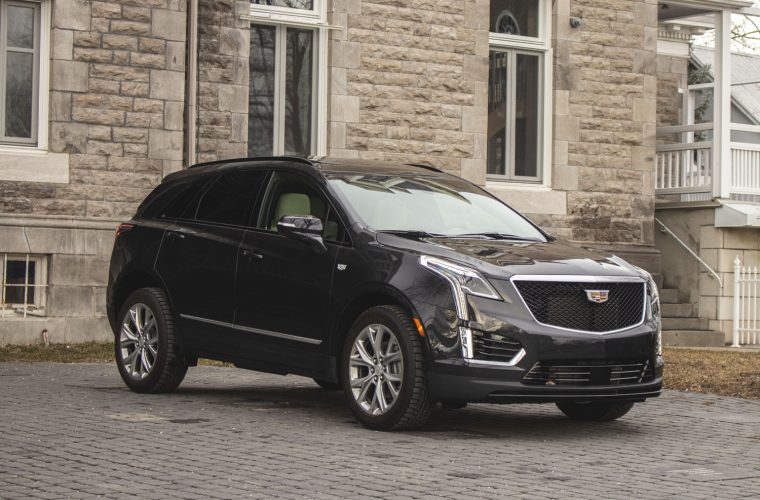
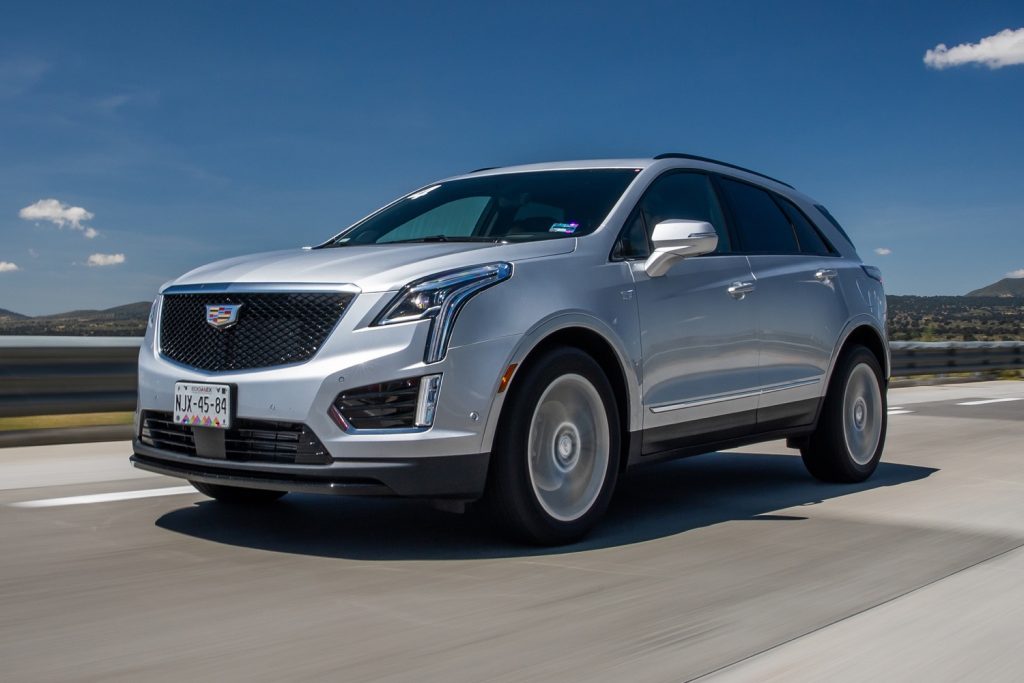
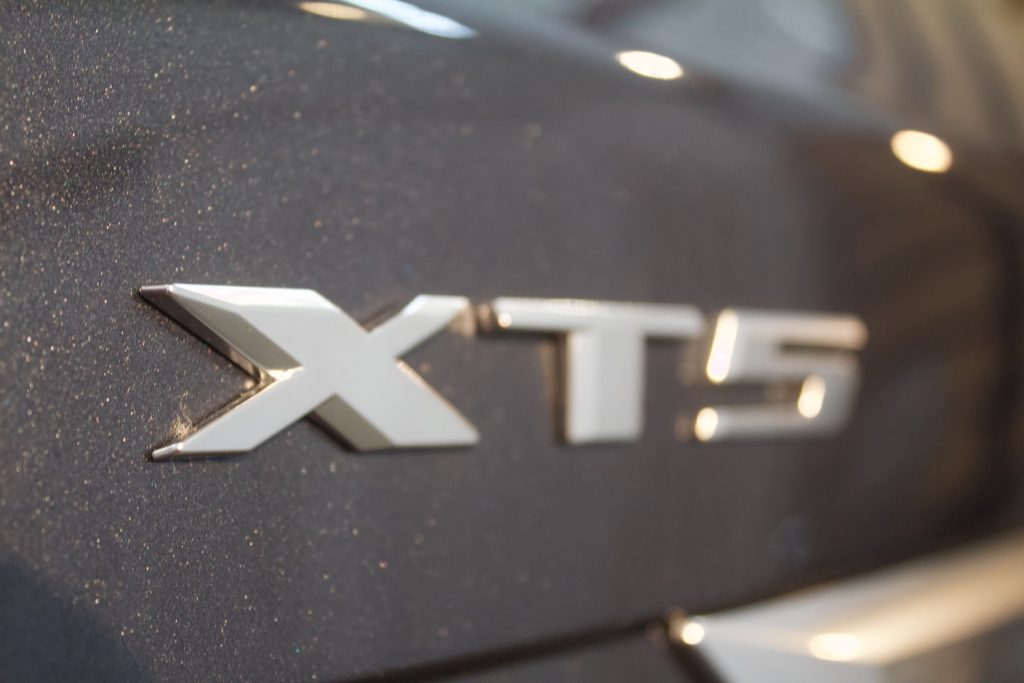
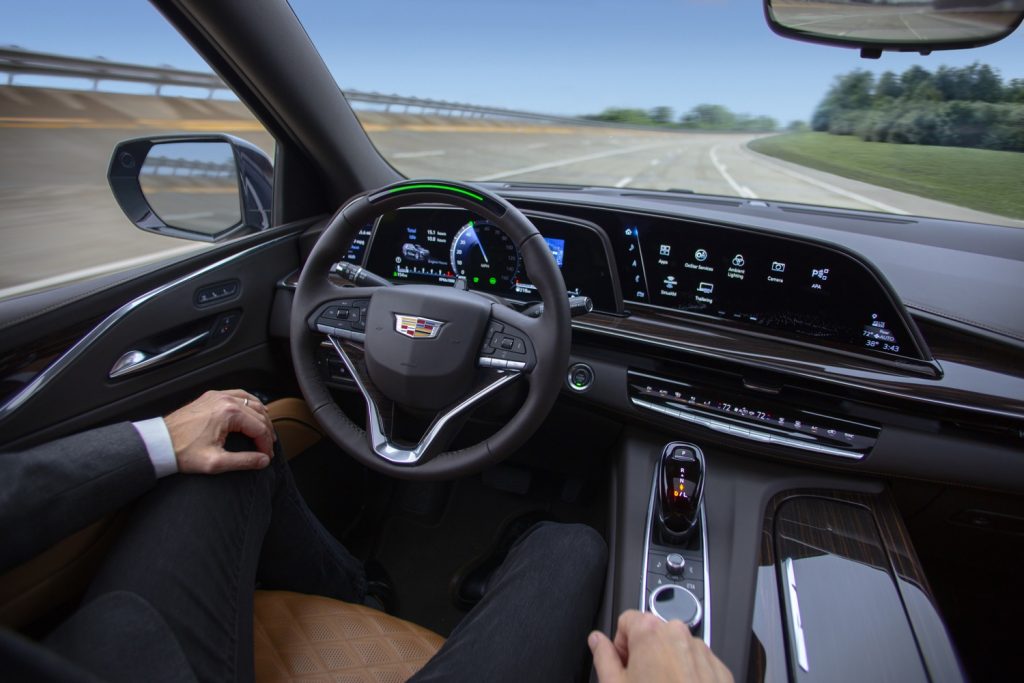
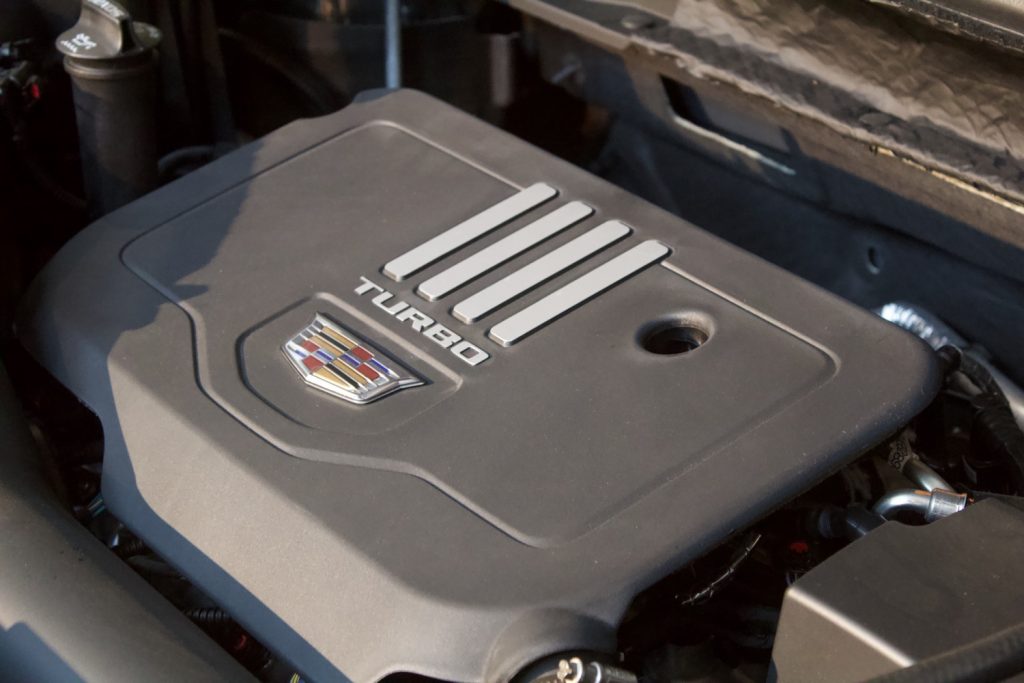
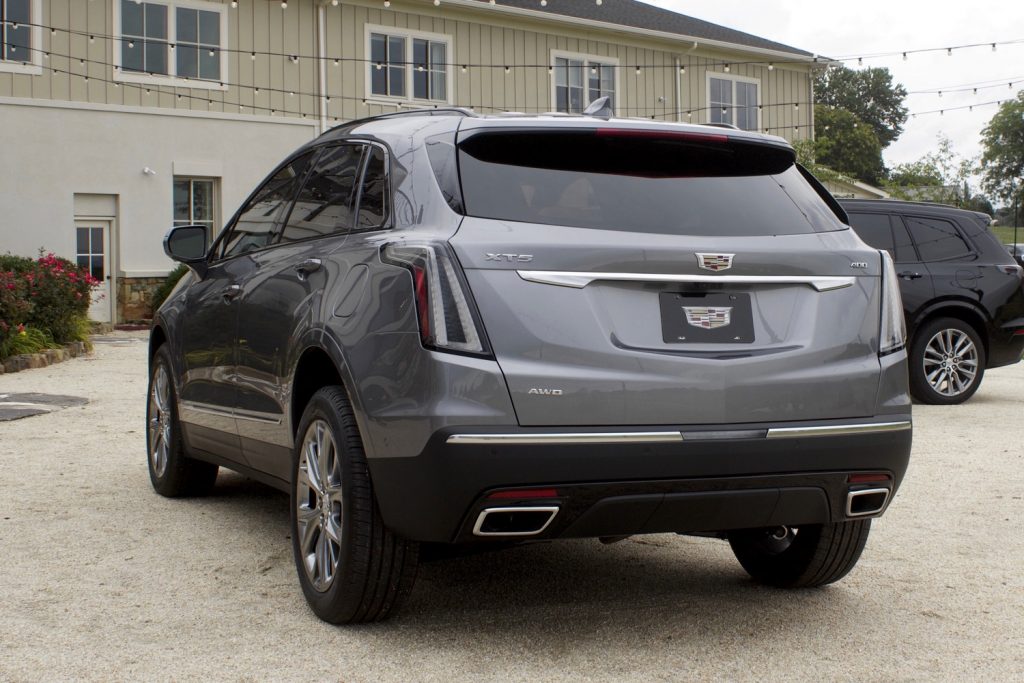
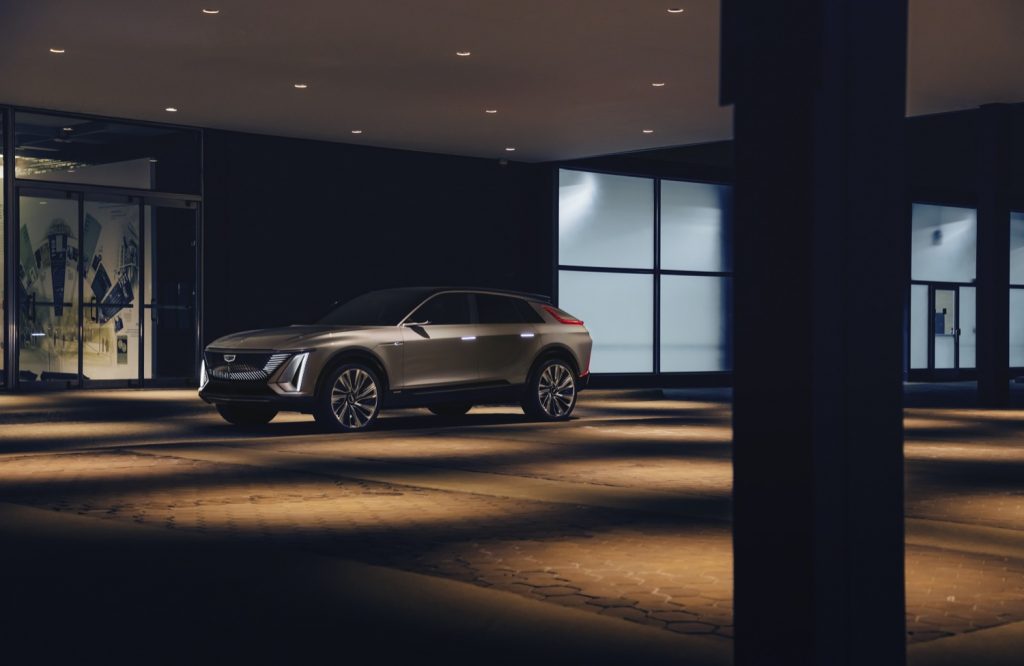
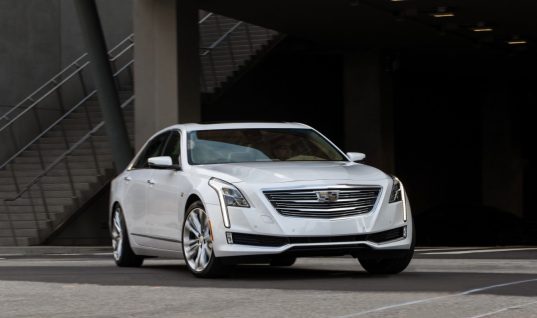
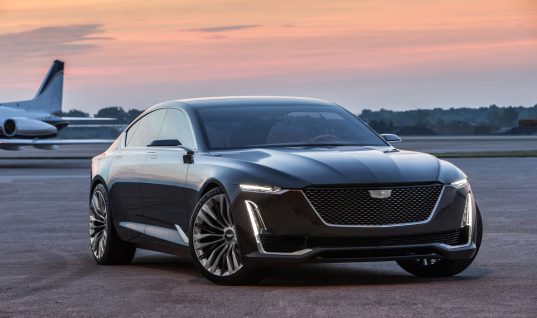
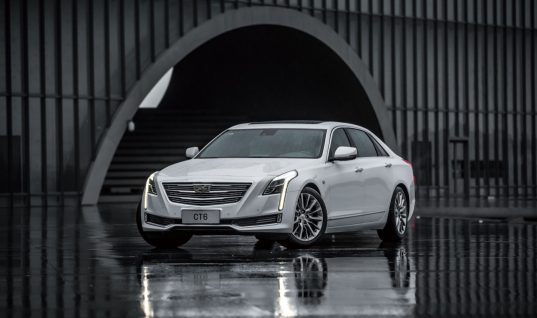

Johnls_39
Based on what I’m reading, it sounds like a major refresh even though it is not.
The next generation model could be around seven more years until most states decide to go electric around 2035, that is if they decide. But at this point, the Biden administration wanted EVs on the road as soon as possible.
Now it is obvious for vehicles with alphanumeric naming will continue for ICE models till the end.
Hopefully the next generation model knocks it out of the ballpark.